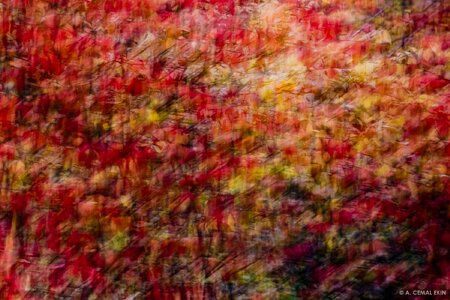Our final images for this month are from a recent visit to Caernarfon Castle, Gwynedd, Wales.
(Shot raw and processed using: DxO PhotoLab Elite/ ViewPoint and Adobe Lightroom Classic/ Photoshop with TK-9 Panels).
You can find out more about Caernarfon Castle
Here and
Here.
Phil and Karen
1. Caernarfon Castle sits on the banks of the River Seiont. The first fortification on the site was a motte-and-bailey castle built in the late 11th century.
View attachment 22522
2. In 1283 King Edward I of England and his military architect Master James of St George began to replace the original structure with a stone castle, town walls and a quay all at the same time. This gigantic building project took 47 years and cost a staggering £25,000.
View attachment 22523
3. In 1294 the town and castle were sacked and captured by Madog ap Llywelyn, the leader of the Welsh revolt of 1294–95 against English rule in Wales, but they were recaptured the following year.
View attachment 22524
4. When the Tudor dynasty ascended to the English throne in 1485, tensions between the Welsh and English began to diminish and Caernarfon Castle was allowed to fall into a state of disrepair.
View attachment 22525
5. From the 1870’s the British government funded repairs to the Castle and it was used for the investiture of the Prince of Wales in 1911 (Edward VIII) and again in 1969 (Charles - now King Charles III).
View attachment 22526
6. In 1986, Caernarfon Castle (along with King Edward I’s other castles at Conwy, Beaumaris and Harlech) was added to the UNESCO list of World Heritage Sites. It is managed by Cadw, the Welsh Government's historic environment service.
View attachment 22527
(Sources: Cadw, Wikipedia).




